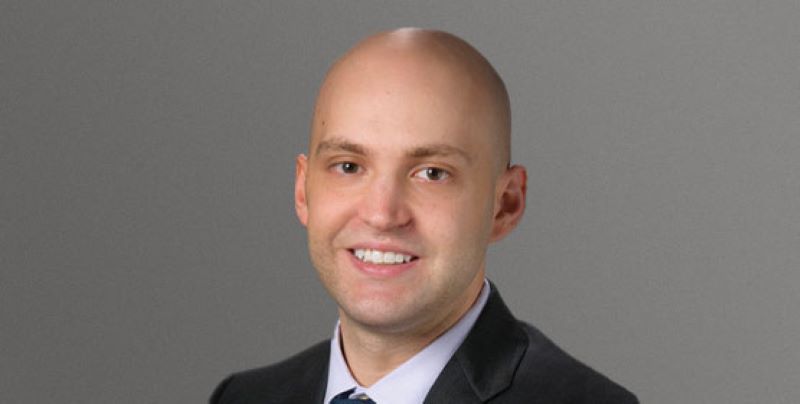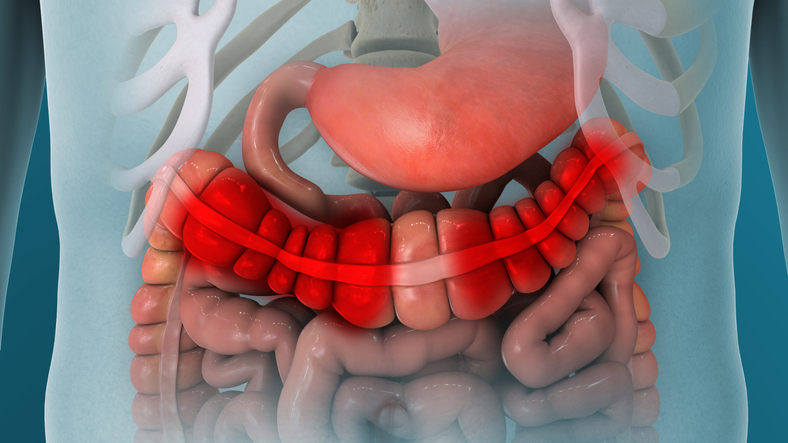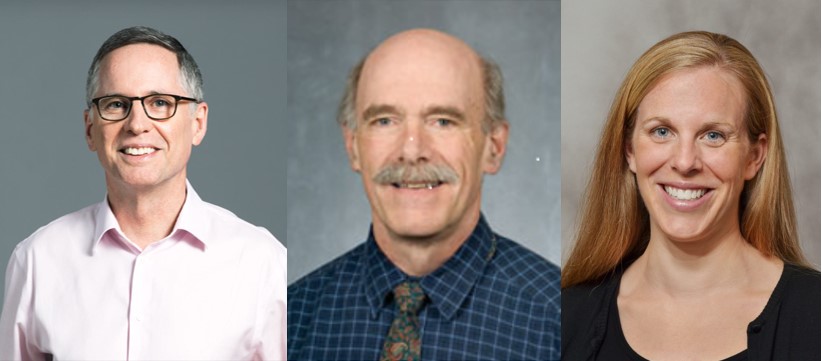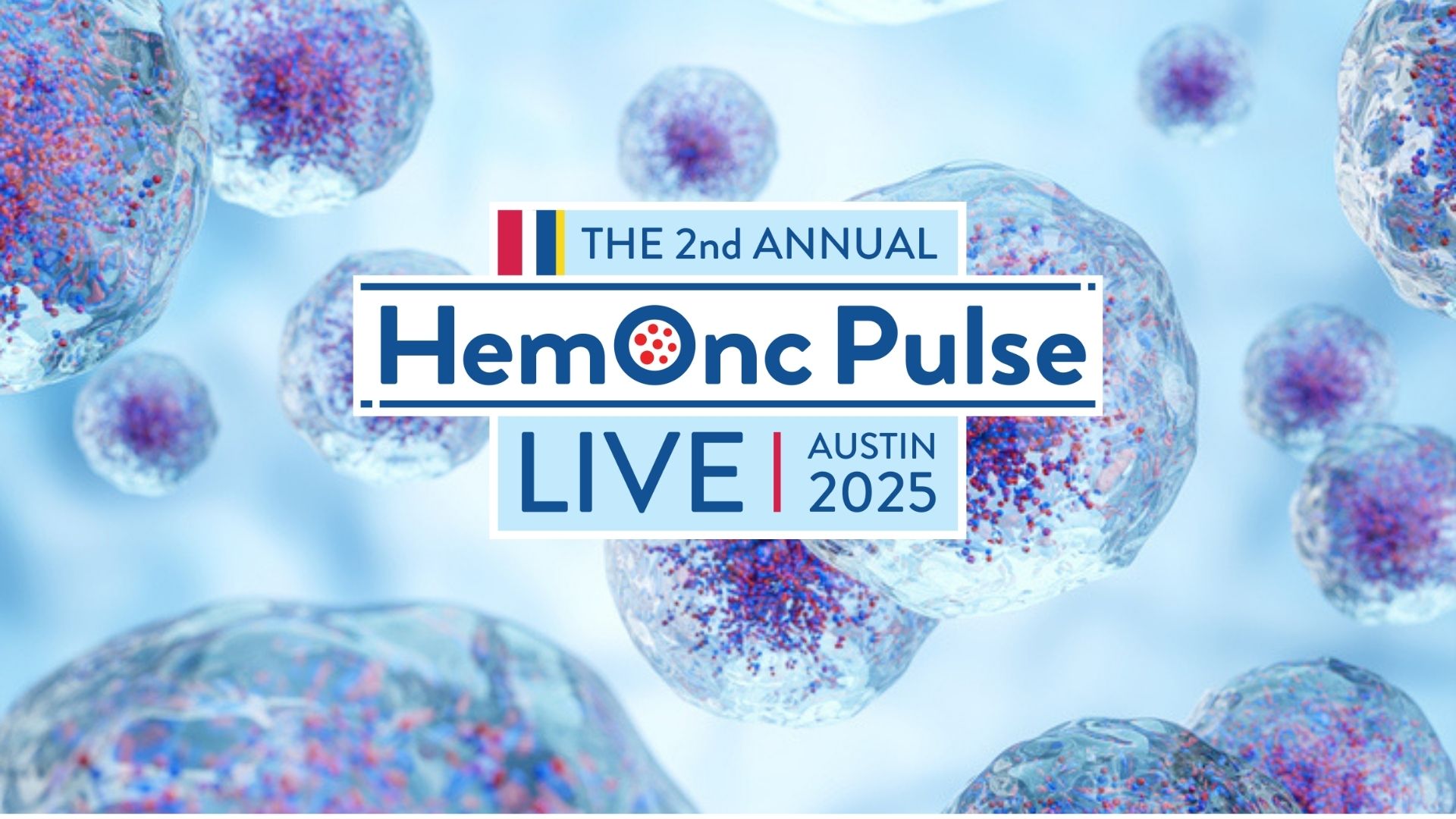
Nicholas J. Short, MD, Assistant Professor in the Department of Leukemia at the University of Texas MD Anderson Cancer Center, presented at the 2022 SOHO Annual Meeting on how novel chemotherapy can eliminate the need for transplant in acute lymphoblastic leukemia (ALL). Blood Cancers Today spoke with Dr. Short after his session.
What are the major advances in novel chemotherapy for ALL?
The novel agents we have for ALL are predominantly not chemotherapy now, which is what makes them unique. The new treatments that have been developed over the past few years have been largely immunotherapy. We have inotuzumab ozogamicin, blinatumomab, and two different CAR T-cell products that are approved. In the area of Philadelphia chromosome-positive (Ph+) ALL, we have more potent TKIs such as ponatinib.
That is what is leading to the improved outcomes we’re seeing in this disease. We have seen that these drugs are very effective, particularly in the relapsed/refractory setting, and that has led to their approvals as monotherapy in that setting. Unfortunately, these are still largely not curative therapies when used in this setting. The promise of these drugs is not using them necessarily as they’ve been approved, but rather to use them either in combinations or move them into the frontline setting.
The clearest benefit we’re seeing now is in the frontline setting with the combination of blinatumomab plus TKI, either dasatinib or ponatinib. We’ve studied blinatumomab plus ponatinib, which is a chemotherapy-free regimen in the frontline setting for Ph+ ALL, and we’ve seen very encouraging results, with the estimated two-year survival of about 93% to 95% and no relapses observed to date in that ongoing study. Only one patient of about 35 were sent to transplant.
We see that this may overcome the need for transplant. We’re also moving other drugs (blinatumomab, inotuzumab) into the frontline setting, both for younger patients with newly diagnosed ALL and older patients. The goal is to reduce the amount of chemotherapy needed, increase rates of MRD negativity, and ultimately lead to better survival outcomes. In the ongoing studies, that appears to be the case, although we’ll need longer follow-up and eventually randomized studies to confirm the use of these drugs in that context.
What are some of the open questions that remain in this field?
We have all the tools available to greatly increase the cure fraction of our patients, but what we don’t know is the optimal combinations and sequences. We’re in a fortunate spot where we have very effective drugs, but the challenge is doing the studies necessary to identify the best regimen.
In Ph+ ALL, the best regimen will be blinatumomab plus a TKI, and I would argue that ponatinib, being a more potent TKI, is likely to be the best combination. We’ve made very good progress there. In the frontline setting, we should be using both inotuzumab and blinatumomab, but those studies need to be done to show the benefit of both in the frontline setting, rather than giving them sequentially.
The same can be said for relapsed/refractory disease. We have data to support the use of both of these drugs in combination. But we don’t know what the role of chemotherapy is in this setting. How much are we able to reduce the chemotherapy? Are we able to introduce it or reduce it entirely and eliminate it as we have in Ph+ ALL? Those are still very open questions.
The other challenge is how to position CAR T-cells and the role of transplant going forward. One option, for example, is to try to replace transplant with CAR T-cells as a consolidative therapy. Rather than using CAR-T cells for patients with relapsed/refractory disease, use it in a way to consolidate therapy or consolidate the patient and the disease when we otherwise would’ve gone to transplant. For example, giving them some combination of chemotherapy, inotuzumab, and blinatumomab in the frontline setting and then using CAR T-cell consolidation and hopefully avoiding transplant for these patients.
The challenge is that we have to do these studies; we’re using these expensive drugs in the frontline setting. Ultimately, in a disease like ALL, it’s worthwhile to use all these drugs in the frontline setting when we’re hoping to not only extend survival, but actually to cure the patient.
Ultimately, the question is how to position these drugs. We’re in a fortunate position that we do have a number of very effective drugs. The ability to cure most patients with ALL is with us; it’s just a matter of determining the best way to use these agents.
What are you most hopeful about right now?
We can cure more patients, which is ultimately the goal of all of our therapies in oncology. Importantly, we’re also able to cure patients with reduced morbidity and mortality with traditional approaches. For Ph+ ALL, we’ve had the greatest paradigm shift in the treatment of these patients and have essentially eliminated chemotherapy, whereas chemotherapy, historically, was a fundamental component of therapy for these patients. We’re also eliminating the need for transplant in a majority of these patients.
Chemotherapy and transplant can have significant toxicities, myelosuppression infections, and patients can even die from transplant. By using more effective therapies and reducing the use and need for transplant, we’re improving not only long-term outcomes, but also patient quality of life, which is an important endpoint.
We’re seeing the same thing in Ph-negative ALL, where we are relying more on these more tolerable therapies such as these immunotherapies, CAR T-cells, and less unconventional chemotherapy. That is not only improving outcomes, but also reducing the morbidity that can come with chemotherapy and reducing the need for transplant, which comes with its own risks as well.






 © 2025 Mashup Media, LLC, a Formedics Property. All Rights Reserved.
© 2025 Mashup Media, LLC, a Formedics Property. All Rights Reserved.